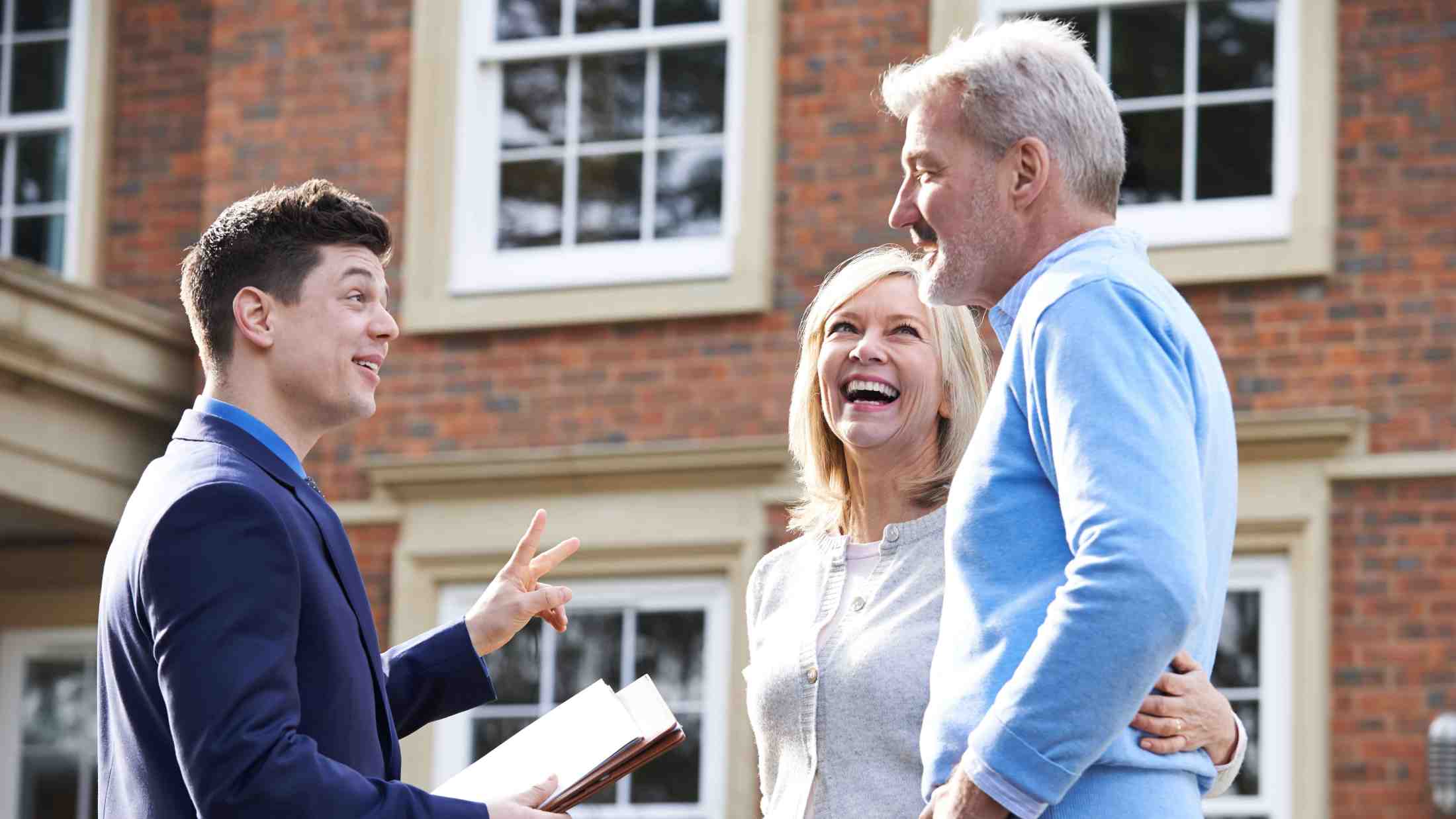Stepping onto the first rung of the property ladder is an exciting moment. There's a lot to do before you pick up the keys and call yourself a property owner, however. If you're a first time buyer, here's what you need to know.
Deposits: bigger is better, but not necessarily best
Your deposit pays for a chunk of the property, and the rest is mortgaged. The bigger your deposit, the less money you'll need to pay back (and the more likely you are to get a better deal from your lender). Although it's tempting to put all of your life savings down, it's worth keeping a little bit back. You'll need money to pay fees, buy furniture and to act as a cushion in case anything goes wrong.
The government can help out
The UK government has four schemes under its Help to Buy umbrella, most of which are designed to help first time buyers:
- Help to Buy ISA – a government-backed savings account. For every £200 you put in, the government boosts your balance by £50. The minimum payout is £400 (for savings of £1600) and the maximum is £3000.
- Equity loan – if you're buying a newly built home the government will loan you up to 20% of the value, fee-free for the first five years.
- Shared ownership – buy 25% to 75% of a housing association property and pay rent on the rest. You can increase your share when you're ready until you reach 100%.
- Mortgage guarantee – the government guarantees your lender 15% of your mortgage if you default, so they can offer you a higher value mortgage at lower risk.
Watch out for hidden fees
The price of your new home isn't the only cost to look out for. You've also got to think about estate agent fees (usually between 0.75% and 3.5% of the house value), conveyancing and its associated fees (around £1400 in total) and stamp duty (payable on properties priced £125,000 and over). You should also think about the cost of moving – if you already own furniture, you might need to hire a removal firm. You might also decide to get a HomeBuyer's report, which can range in price from £350 to £950 depending on the property value.
What to look for during a viewing
Don't be blinded by staging when you start looking at properties. This could be your home for a very long time, so look at it with a critical eye. Check that there are enough plug sockets, and run the taps and shower to check the water pressure and plumbing. Take a walk around the neighbourhood, and come back at night to see if the atmosphere changes (or if the pubs and takeaways get rowdy after dark).
How to make an offer
Try to keep a poker face once you find your ideal home. If the owner knows you love it, they might try to get you to increase your offer. Before phoning the estate agent to let them know you're interested, spend a bit of time on Rightmove and Zoopla. Look at how fast properties in the area sell, and how much they usually sell for. If properties tend to sell slowly you can be a bit cheekier with your offer, but if they go quickly you might want to put down a little bit extra to guarantee you get it.
Get in touch with the estate agent and let them know what you're willing to pay (send them an email afterwards so they have it in writing). If the seller is happy, conveyancing (the transfer of documents and sorting out the final details) can begin.
Finalising the practical details
You need to have your home and contents insurance in place by completion1. A policy like AXA Home Insurance is a good starter package, covering up to £500,000 on buildings insurance and £50,000 on contents insurance. If more cover is needed you can check out the cover on offer under our AXA Plus Home Insurance and AXA Premier Home Insurance policies. All three of our products allow you to specify higher value items too. Whichever one you choose, you must ensure the cover levels are sufficient for you and your family's needs. Now all that's left to do is move in.
1 You should check what home insurance cover your mortgage provider requires you to have prior to completion.









